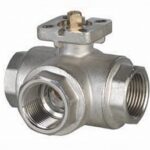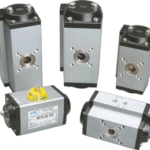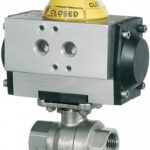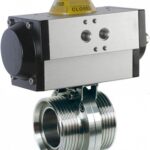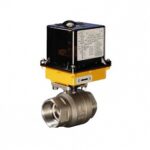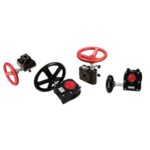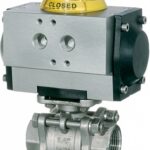Промышленная сеть Profibus DP
PROFIBUS-DP introduction
PROFIBUS is a vendor-independent, open fieldbus standard for a wide range of applications in manufacturing-, process- and building
automation. The PROFIBUS standards are set and maintained by the PROFIBUS Nutzer Organisation (PNO) since 1990. Over the years PROFIBUS has become one of the most favoured industry standards for accomplishing a wide variety of process automation tasks.
The importance of this common ground for engineers and process automation specialists was immediately recognised by the OMRON company. OMRON became a member of PNO in 1991. Vendor independence and openness are guaranteed by the PROFIBUS standard IEC 61158 Type 3. With PROFIBUS, devices of different manufacturers can communicate without special interface adjustments.
DP stands for Decentralised Peripherals. It is optimised for high speed and low-cost interfacing, especially designed for communication between automation control systems and distributed I/O at the device level.
Protocol architecture
The PROFIBUS protocol architecture is oriented on the Open System Interconnection (OSI) reference model in accordance with the international standard ISO 7498. PROFIBUS-DP uses layers 1 and 2, and the user interface. Layers 3 to 7 are not defined.
Layer 1 (physical layer) defines the physical transmission characteristics.
Layer 2 (data link layer) defines the bus access control.
This streamlined architecture ensures fast and efficient data transmission.
The application functions which are availible to the user, as well as the system and device behaviour of the various PROFIBUS-DP
device-types are specified in the user interface.
Transmission medium RS-485 transmission technology or fibre optics are defined as transmission media. RS-485 transmission is the most frequently used transmission technology. Its application includes all areas in which high transmission speed and simple inexpensive installation are required.
Twisted pair shielded copper cable with one conductor pair is used.
Easy installation
The RS-485 transmission technology is very easy to handle. Installation of the twisted pair cable does not require expert knowledge. The bus structure permits addition and removal of stations or step-by-step commissioning of the system without influencing the other stations.
Later expansions have no effect on stations which are already in operation.
Various transmission speeds between 9.6 kbit/s and 12 Mbit/s can be selected. One unique transmission speed is selected for all devices on the bus when the system is commissioned.
Cable length
The maximum cable length depends on the transmission speed. The specified cable lengths are based on type-A cable. The length can be increased by the use of repeaters. The use of more than 3 repeaters in series is not recommended.
